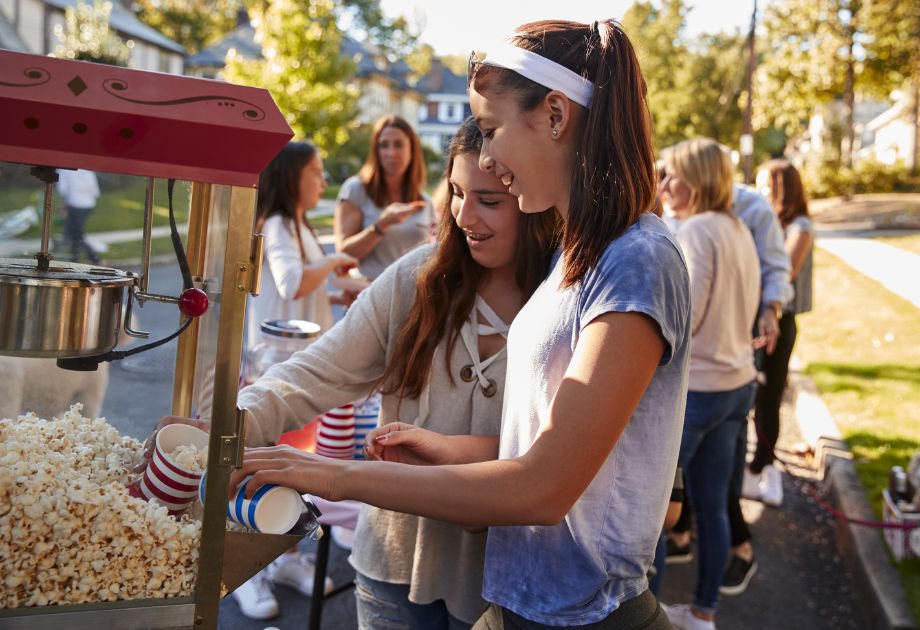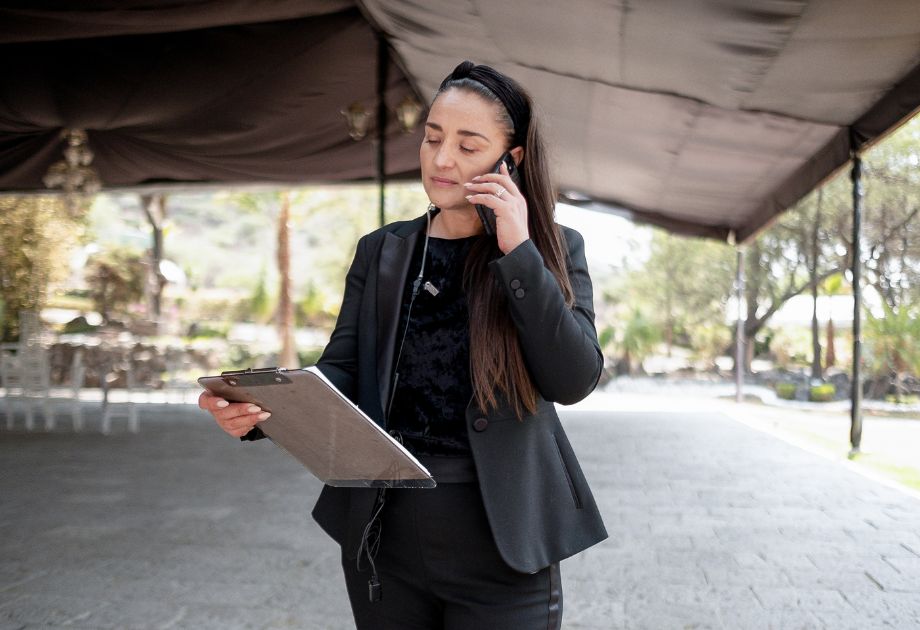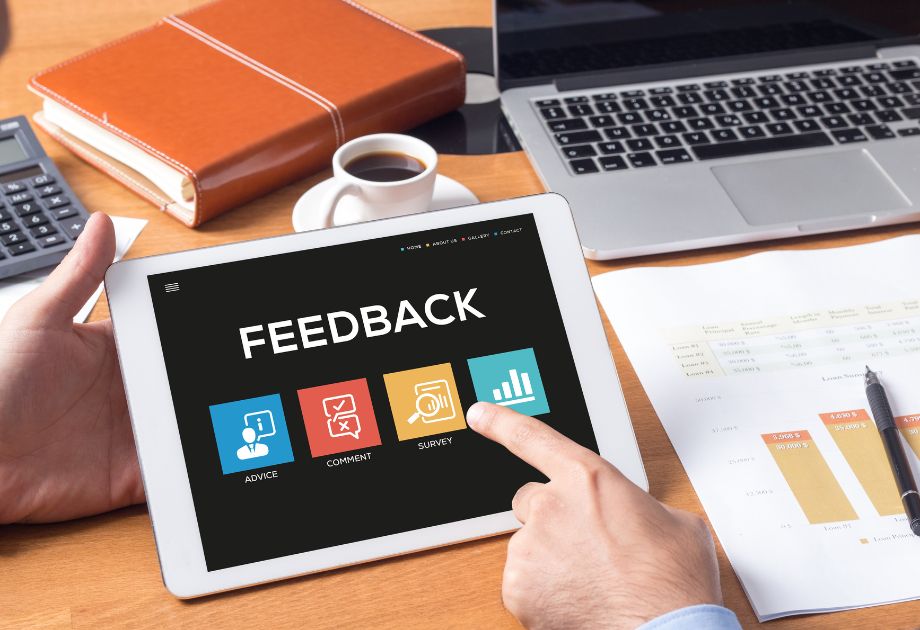The Ultimate Guide to Hosting Community Events That Strengthen Your HOA
The Ultimate Guide to Hosting Community Events That Strengthen Your HOA
.png)
Ever feel like you're doing everything right, but residents still seem disconnected—or worse, dissatisfied?
You put time and effort into maintaining the community, but instead of appreciation, you hear complaints. Instead of participation, there's silence. It’s frustrating when your work behind the scenes goes unnoticed, and even more so when it feels like your HOA is missing the sense of connection it was meant to foster. That sense of community isn’t out of reach—it just needs a spark. Often, that spark starts with gathering people together.
From neighborhood picnics to seasonal celebrations, the right events can turn tension into trust, encourage open dialogue, and help residents feel like they’re truly part of something. And when people feel like they belong, everything else runs more smoothly—from compliance to communication.
If you're ready to shift the energy in your neighborhood and create a stronger sense of connection, this guide will help you plan events designed to make your HOA thrive.

Why Community Events Are a Strategic Investment in Engagement
Community events are an effective way to strengthen homeowner satisfaction and participation. When residents connect with one another, they tend to respect guidelines, show up to meetings, and treat common areas with care. That sense of belonging ripples into better communication, stronger volunteer turnout, and a more engaged community overall.
Events help bridge the gap between boards and homeowners, creating opportunities for open dialogue in a relaxed setting. Instead of fielding complaints in a formal meeting, you’re building trust in small, meaningful ways. These experiences make it easier to resolve conflicts, introduce initiatives, and reinforce the association’s role in supporting a thriving neighborhood.
Stronger connections also lead to increased pride of ownership—which can translate into higher property values and a more welcoming atmosphere for everyone.
Start with Strategy: Setting the Foundation for a Successful Event
Successful events start with a clear purpose. Are you trying to build momentum after a slow season? Welcome, new neighbors? Share updates or celebrate recent progress? Let that purpose drive every decision that follows.
Forming a planning committee early on helps establish accountability. Assign roles like:
- Communications
- Logistics
- Budgeting
- Volunteer coordination
Review your governing documents, double-check your insurance coverage, and confirm that event spending is appropriately budgeted. Getting these steps right from the beginning avoids confusion or compliance issues later.
Building a Realistic, Board-Approved Budget
Events come with costs—permits, rentals, entertainment, food, signage, and more.
It’s important to track each item carefully and align your event plans with the board’s broader financial priorities. Keep in mind that reserve funds are generally not meant for event use.
For insights on how to stay fiscally responsible while building community engagement, visit: 5 Innovative Ways to Enhance Community Engagement.
Picking a Time, Date, and Venue that Works
Be strategic when selecting your event’s timing and location. Consider school calendars, religious holidays, and nearby events that might affect turnout. Weather, accessibility, parking, and noise rules should also factor in.
Community clubhouses offer convenience and familiarity, while nearby parks or local venues can bring new energy. Just be sure to check for any permits, capacity limits, or other regulations ahead of time.

Planning for Success: The Logistics that Keep Events Running Smoothly
A clear timeline keeps the planning process on track. Begin 2–3 months ahead by booking vendors, checking insurance coverage, applying for permits, and sourcing supplies. Assign someone to oversee each major area—from check-in to cleanup—and use digital planning tools to stay organized.
Vendor Coordination and Volunteer Management
Depending on the event size and type, you may need to work with outside vendors for food, music, entertainment, or equipment rentals. Review contracts carefully and confirm responsibilities in writing.
Tap into resident talent where you can. Recruiting volunteers from social committees or outreach groups can make all the difference. Clarify expectations, set realistic shifts, and follow up with thanks afterward—it helps create a cycle of lasting involvement.
Rain Plans and Last-Minute Contingencies
Unpredictability is part of any event, especially if it’s outdoors. Have a weather plan ready, whether it’s a tent rental, indoor backup venue, or alternate date. Build flexibility into your supply orders and communication schedule in case RSVPs shift at the last minute.

Promoting Your Event: Get the Word Out Effectively
Promotion is what drives participation.
A multi-channel approach reaches more residents through:
- Email reminders
- Entrance signage
- Social posts
- Bulletin boards
- Newsletters
- Portal updates
Start early and keep your messaging friendly, inclusive, and easy to understand.
Use RSVP tools to gauge attendance and prepare accordingly. Friendly visuals and clear calls to action make your event feel approachable and worth showing up for.
How to Increase Resident Turnout and Buy-In
Make events inviting by tying them to fun or meaningful experiences. Themed gatherings, food, entertainment, or charitable tie-ins like food drives or community surveys can encourage participation and deliver lasting value.
Help new residents feel welcome by offering name tags or greeters. When people feel comfortable, they’re more likely to return—and stay engaged.

After the Party: Gathering Feedback and Measuring Success
Once the event is over, the work isn’t done. Collect feedback to understand what worked and what could be improved. Tools like QR surveys, short emails, or comment cards offer simple, effective ways to gather input.
Track turnout, volunteer participation, and resident sentiment. These insights help you improve future events and show residents that their feedback leads to action. The result is a stronger culture of transparency and responsiveness.

Creating Traditions that Strengthen Community Identity
Annual events give your HOA a rhythm that people can count on. Whether it’s a fall festival, spring cleanup, or summer celebration, consistency builds familiarity—and people tend to show up for what they recognize.
Over time, these traditions create a sense of community identity. They offer spaces to connect, recognize residents, and celebrate what makes your neighborhood unique. By tracking attendance and feedback year over year, you’ll quickly see which events have a lasting impact and should remain part of your community’s calendar.
Partner with Management Plus Realty Service to Build a More Connected Community
Planning events that truly connect your community takes time, coordination, and experience—but you don’t have to manage it all on your own.
At Management Plus Realty Service, we offer dedicated HOA management services and consultation support that help bring your goals to life, whether you’re organizing your first block party or building out a full calendar of annual traditions.
From budget planning and communication strategies to vendor coordination and volunteer engagement, our team understands what it takes to turn a vision into a well-run event that strengthens your association.
If you're ready to create a more engaged and connected community, reach out to us to get started. We’re here to help you build something lasting—one event at a time.
